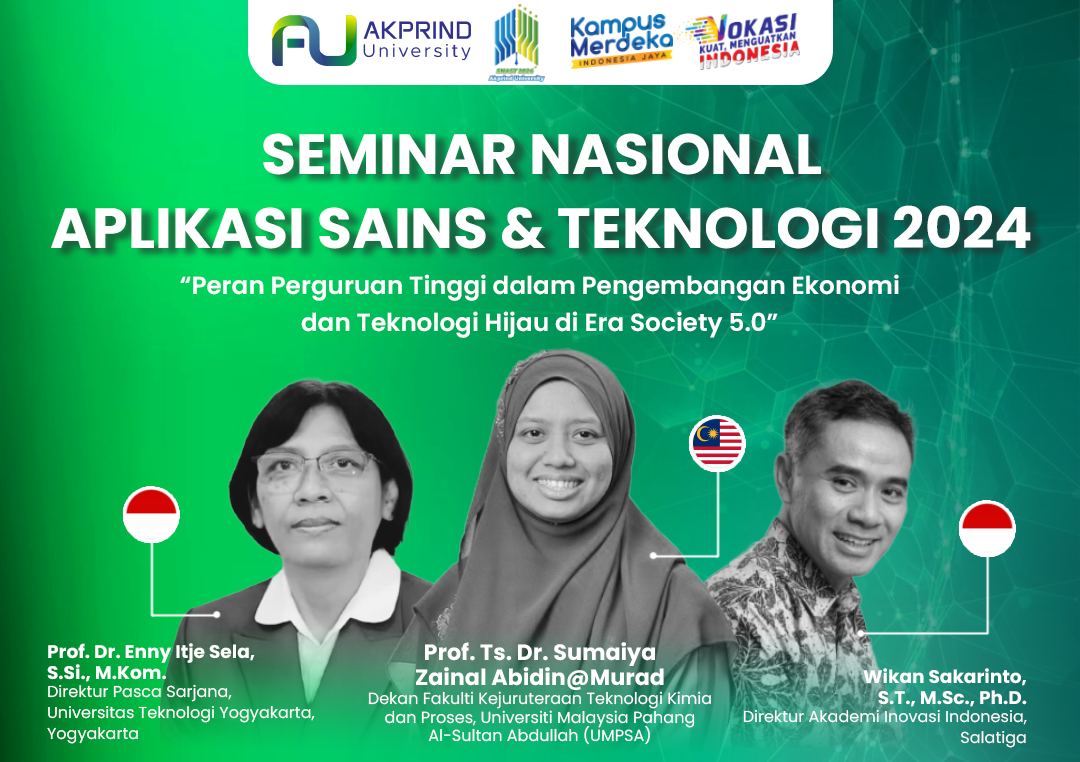ANALISIS KINERJA JARINGAN SYARAF BERBASIS SKIP CONNECTION UNTUK KLASIFIKASI HAMA SERANGGA
PERFORMANCE ANALYSIS OF SKIP CONNECTION-BASED NEURAL NETWORKS FOR INSECT PEST CLASSIFICATION
DOI:
https://doi.org/10.34151/prosidingsnast.v1i1.4899Keywords:
classification, insect pests, Skip ConnectionAbstract
Insect pests are a significant problem in food crop production. Identifying insects that threaten food crop production is an effort to overcome these pest problems. The proper identification process will be able to provide the right treatment solution according to the type of insect that is the problem. Artificial intelligence is a technology-based solution for more accurate identification, where human fatigue will likely cause identification errors. Artificial neural networks are algorithms in artificial intelligence capable of carrying out image-based classification tasks. Skip Connection is a layer in an artificial neural network that can improve the performance of a convolutional-type artificial neural network (CNN). DenseNet121 and ResNet50 are two CNN architectures that are pretty popular. Both have a Skip Connection layer with different variations. This research explores and analyzes the performance of two different Skip Connection architectures, DenseNet 121 and ResNet50, in handling insect pest image classification. The results were obtained using two different insect pest image datasets. DenseNet121 has a better performance than ResNet50. Using the balanced accuracy score metric, the performance of DenseNet121 versus ResNet50 is 0.6361:0.5053 and 0.8598:0.7017. The difference in the performance of Skip Connection on DenseNet121 compared to ResNet50 is ± 10% better in the image classification of two insect pest datasets.
References
Bari, B. S., Islam, M. N., Rashid, M., Hasan, M. J., Razman, M. A. M., Musa, R. M., Ab Nasir, A. F., & P.P. Abdul Majeed, A. (2021). A real-time approach of diagnosing rice leaf disease using deep learning-based faster R-CNN framework. PeerJ Computer Science, 7, e432. https://doi.org/10.7717/peerj-cs.432
Borawar, L., & Kaur, R. (2023). ResNet: Solving Vanishing Gradient in Deep Networks. Dalam R. P. Mahapatra, S. K. Peddoju, S. Roy, & P. Parwekar (Ed.), Proceedings of International Conference on Recent Trends in Computing (hlm. 235–247). Springer Nature Singapore.
Janiesch, C., Zschech, P., & Heinrich, K. (2021). Machine learning and deep learning. Electronic Markets, 31(3), 685–695. https://doi.org/10.1007/s12525-021-00475-2
Jeon, H.-K., Kim, S., Edwin, J., & Yang, C.-S. (2020). Sea Fog Identification from GOCI Images Using CNN Transfer Learning Models. Electronics, 9(2), 311. https://doi.org/10.3390/electronics9020311
Kahloot, K. M., & Ekler, P. (2021). Algorithmic Splitting: A Method for Dataset Preparation. IEEE Access, 9, 125229–125237. https://doi.org/10.1109/ACCESS.2021.3110745
Lanz Vincent Vencer. (2022). Agricultural Pests Image Dataset—Kaggle.com. https://www.kaggle.com/datasets/vencerlanz09/agricultural-pests-image-dataset/
Li, W., Zheng, T., Yang, Z., Li, M., Sun, C., & Yang, X. (2021). Classification and detection of insects from field images using deep learning for smart pest management: A systematic review. Ecological Informatics, 66, 101460. https://doi.org/10.1016/j.ecoinf.2021.101460
Mijwel, M. M. (2021). Artificial Neural Networks Advantages and Disadvantages. Mesopotamian Journal of Big Data, 2021, 29–31. https://doi.org/10.58496/MJBD/2021/006
Nugroho, B. A. (2021). An Improved Algorithm for Chest X-Ray Image Classification. 2021 4th International Seminar on Research of Information Technology and Intelligent Systems (ISRITI), 161–165. https://doi.org/10.1109/ISRITI54043.2021.9702770
Oyedotun, O. K., Ismaeil, K. A., & Aouada, D. (2023). Why Is Everyone Training Very Deep Neural Network With Skip Connections? IEEE Transactions on Neural Networks and Learning Systems, 34(9), 5961–5975. https://doi.org/10.1109/TNNLS.2021.3131813
Sethy, P. K., Barpanda, N. K., Rath, A. K., & Behera, S. K. (2020). Deep feature based rice leaf disease identification using support vector machine. Computers and Electronics in Agriculture, 175, 105527. https://doi.org/10.1016/j.compag.2020.105527
Tarun R Jain, R. lJayyn. (2024). Dangerous Farm Insects Dataset—Kaggle.com. https://www.kaggle.com/datasets/tarundalal/dangerous-insects-dataset/
Wright, L. (2019). Ranger-Deep-Learning-Optimizer [Software]. Github. https://github.com/lessw2020/Ranger-Deep-Learning-Optimizer
Zhang, C., Benz, P., Argaw, D. M., Lee, S., Kim, J., Rameau, F., Bazin, J.-C., & Kweon, I. S. (2021). ResNet or DenseNet? Introducing Dense Shortcuts to ResNet. Proceedings of the IEEE/CVF Winter Conference on Applications of Computer Vision (WACV), 3550–3559.
Downloads
Published
Issue
Section
License
Copyright (c) 2024 Bayu Adhi Nugroho

This work is licensed under a Creative Commons Attribution-ShareAlike 4.0 International License.







